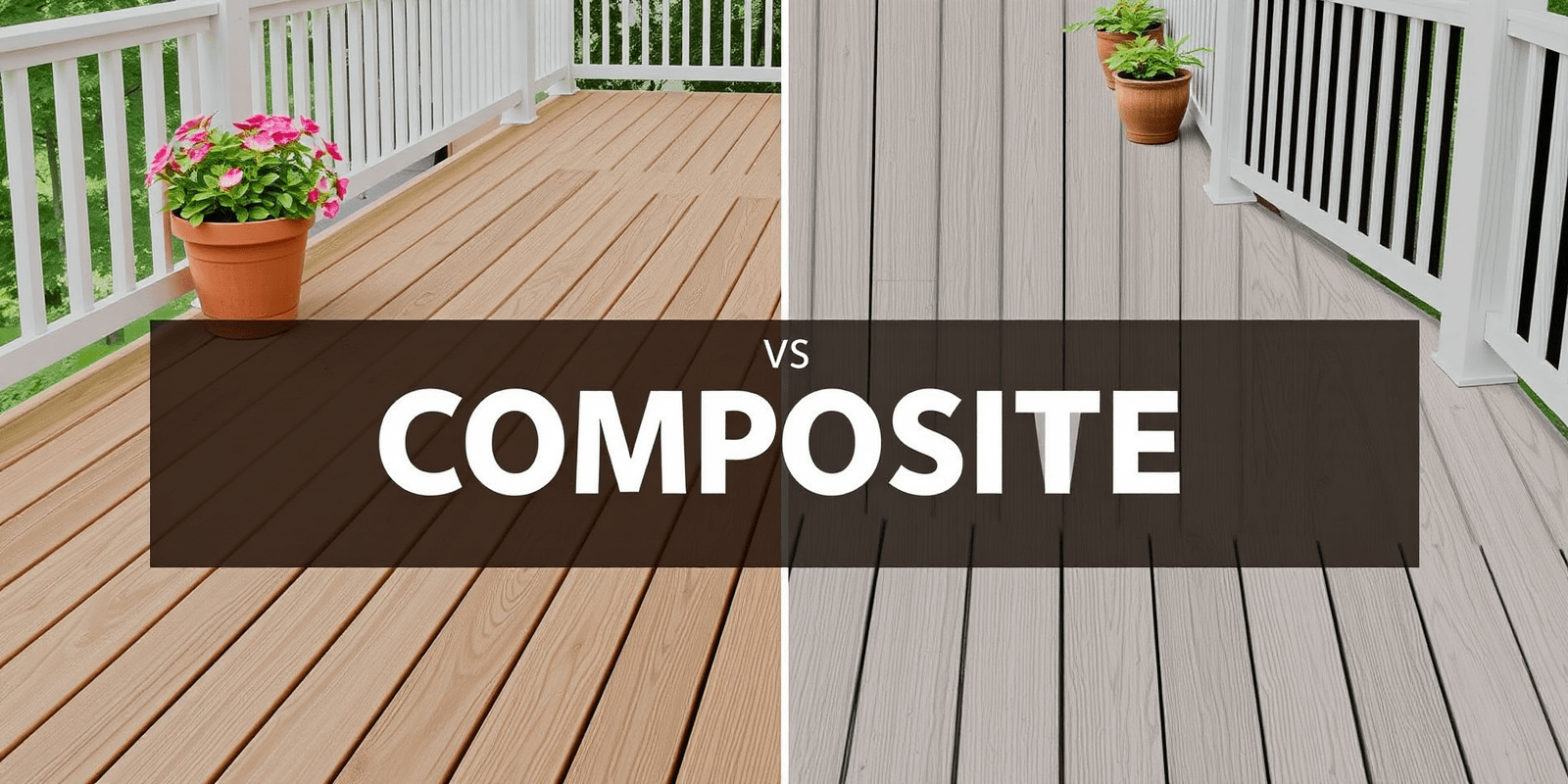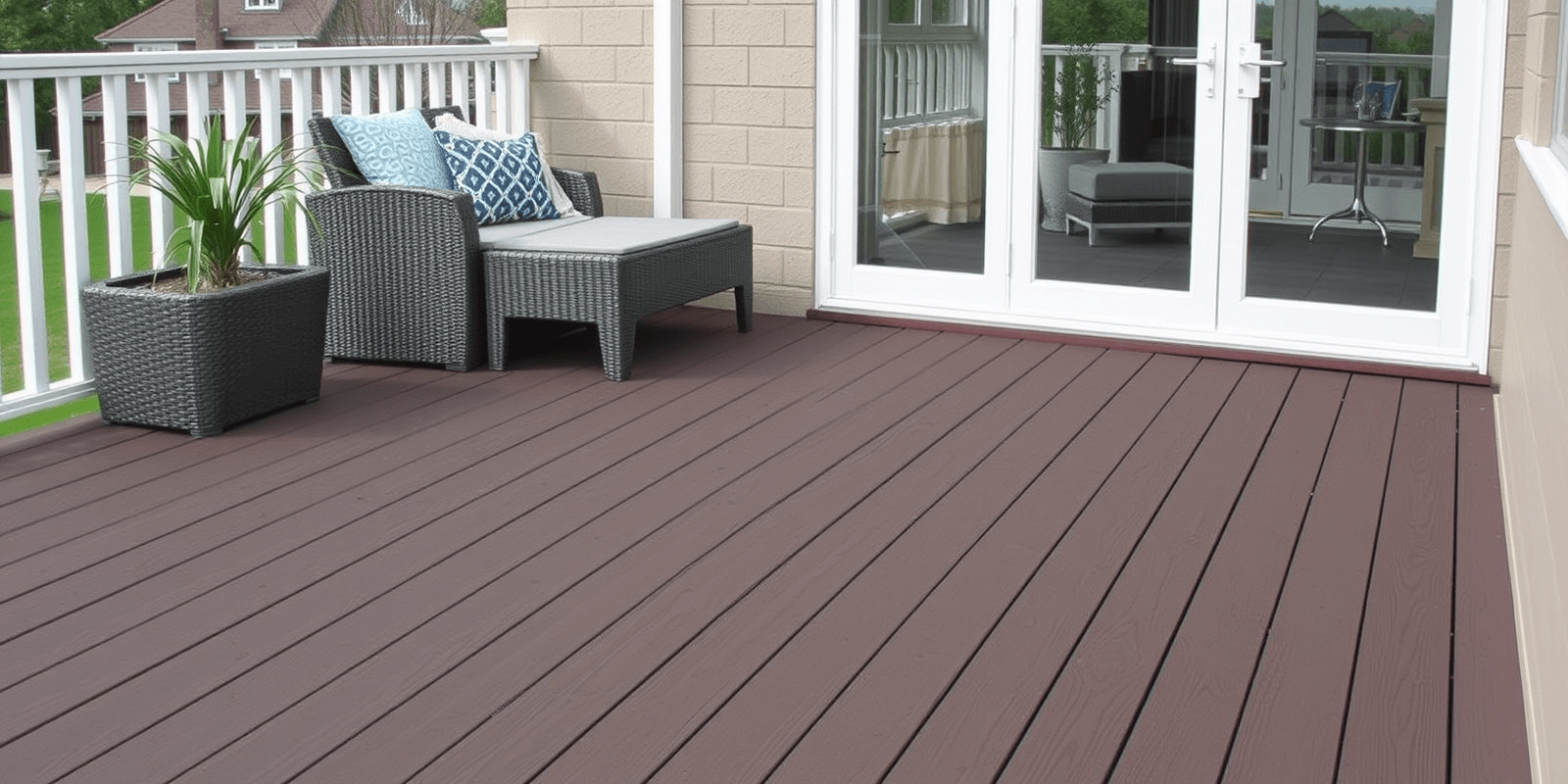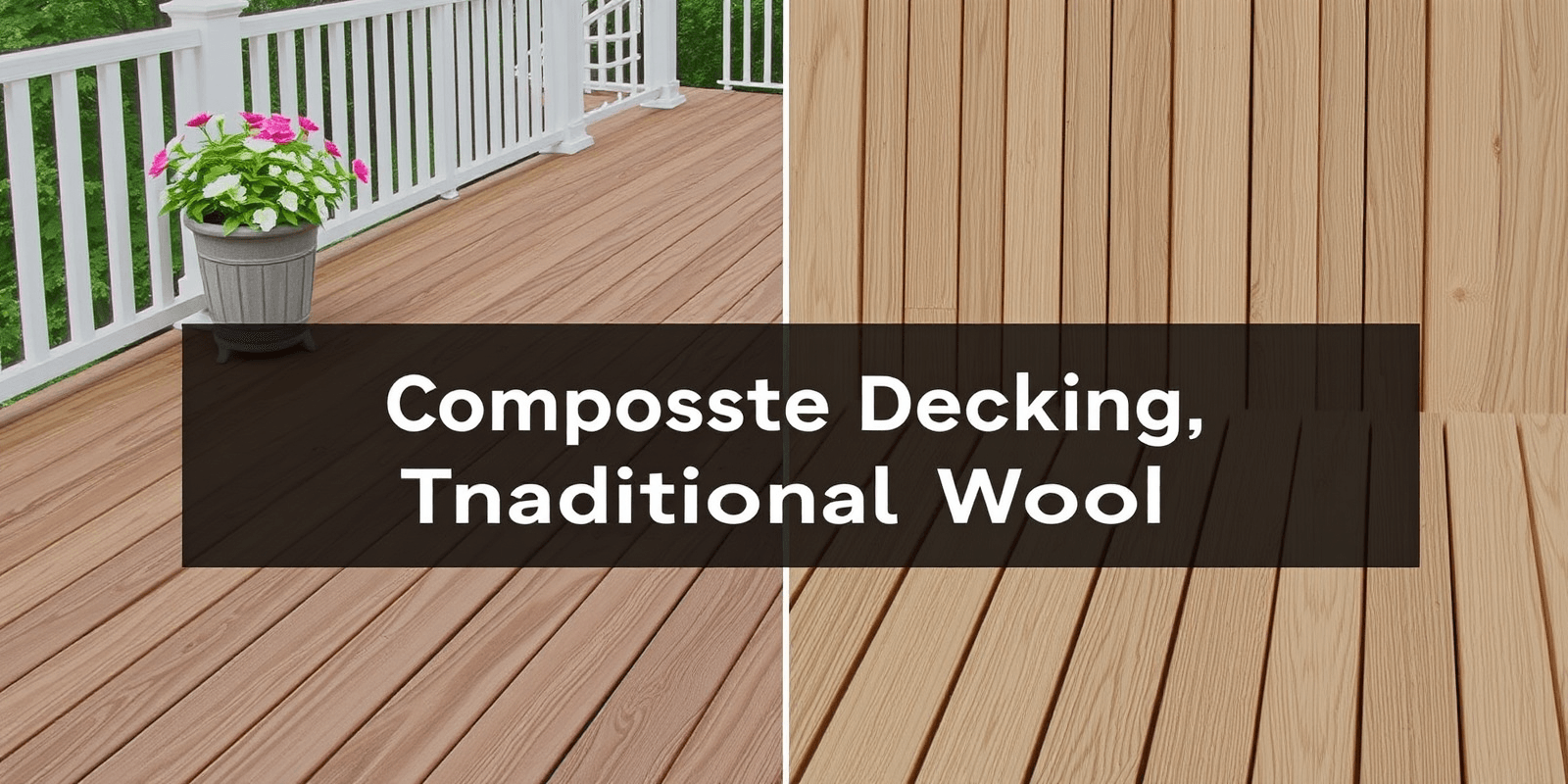“`html
Choosing Between Wood and Composite Decking: Which is Right for You?
Introduction
When it comes to building or renovating a deck, the choice between wood decking versus composite decking can be daunting. Both materials have their own set of advantages and disadvantages, and the right choice depends on various factors including budget, maintenance requirements, durability, and aesthetics. This article aims to provide a detailed analysis of these factors to help you make an informed decision.
Factors Influencing the Decision-Making Process
Budget Considerations
The initial cost is often the first factor that influences the choice between wood and composite decking. Wood decking materials are generally less expensive upfront compared to composite options. However, it’s important to consider long-term costs, as wood may require more frequent maintenance and replacement over time.
Maintenance Requirements
Maintenance is another critical aspect to consider. Wood decks require regular sealing and staining to protect against moisture, UV rays, and pests. Composite decking, on the other hand, is more resistant to moisture and stains, requiring less maintenance overall. For homeowners who prefer low-maintenance solutions, composite decking might be the better option.
Durability and Longevity
Composite decking materials are known for their durability and longevity. They are less susceptible to warping, cracking, and rotting compared to wood. This makes them ideal for areas with extreme weather conditions. In contrast, wood can deteriorate faster under harsh conditions unless properly treated and maintained.
Aesthetics and Design Flexibility
Wood offers a natural aesthetic appeal and allows for greater design flexibility. It can be easily stained or painted to match any outdoor decor. Composite decking, while offering a variety of colors and styles, has limitations in terms of customization. However, some high-quality composites now mimic the look of real wood quite closely.
Scenarios Where One Material Might Be More Suitable Than the Other
High Traffic Areas
In areas with high foot traffic, such as commercial properties or heavily used residential decks, composite decking is often preferred due to its strength and resistance to wear and tear.
Areas with Extreme Weather Conditions
For regions with extreme weather changes, composite decking is typically a better choice because it resists moisture, temperature fluctuations, and UV damage more effectively than wood.
Low Maintenance Preferences
If low maintenance is a priority, composite decking is the way to go. Regular cleaning and occasional pressure washing are usually sufficient to keep composite decks looking great.
Practical Advice Based on User Experiences
Many homeowners who have installed both types of decking share their insights. For instance, Sarah from Virginia mentioned that despite the higher initial cost, her composite deck required minimal upkeep and maintained its appearance well over the years. On the other hand, John from California opted for a wood deck but noted that regular treatment and sealing were essential to prevent damage from the region’s intense sun exposure.
Conclusion
The choice between wood and composite decking ultimately depends on your specific needs and preferences. While wood offers a natural beauty and design flexibility, composite decking provides durability, low maintenance, and longevity. Carefully weigh the pros and cons based on your budget, maintenance tolerance, and desired aesthetics before making your final decision.
“`



